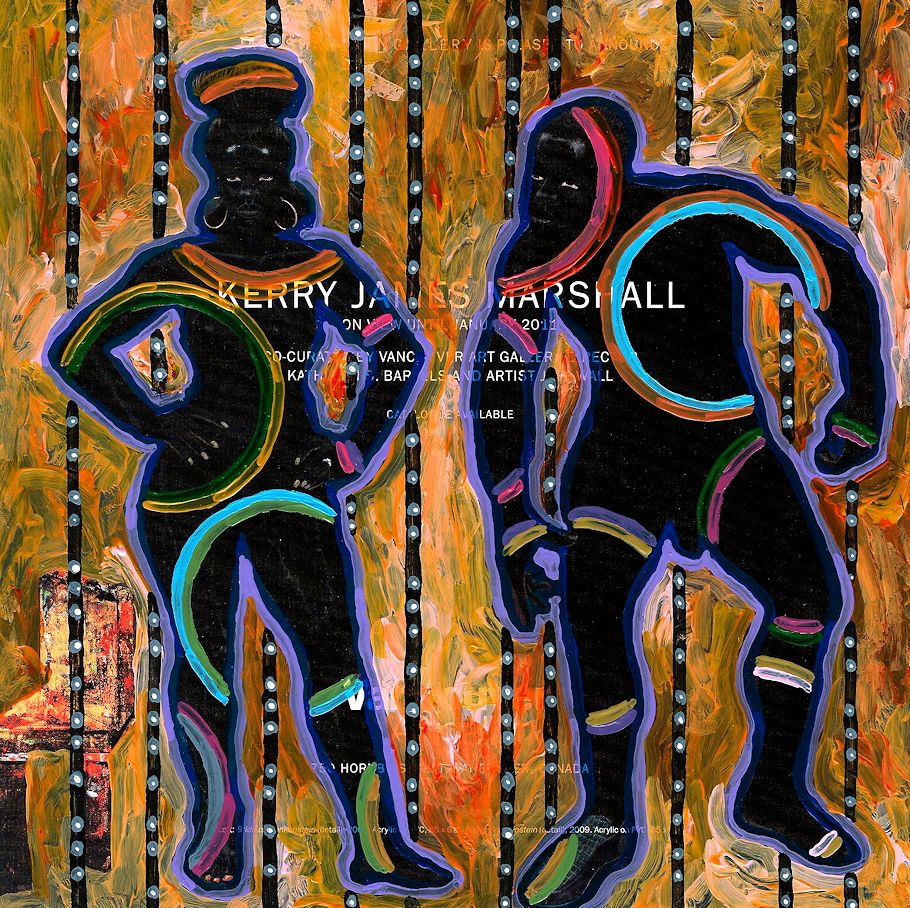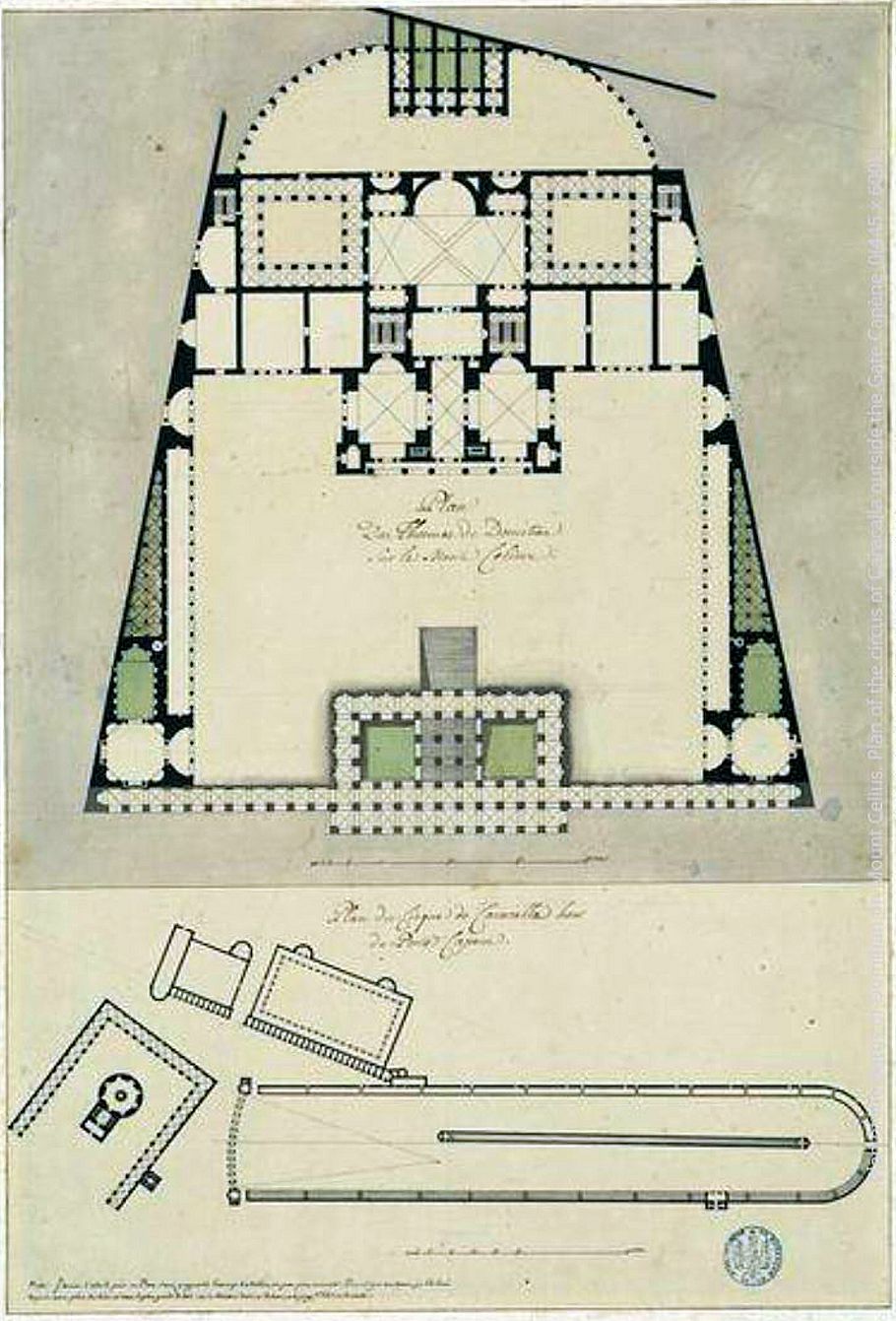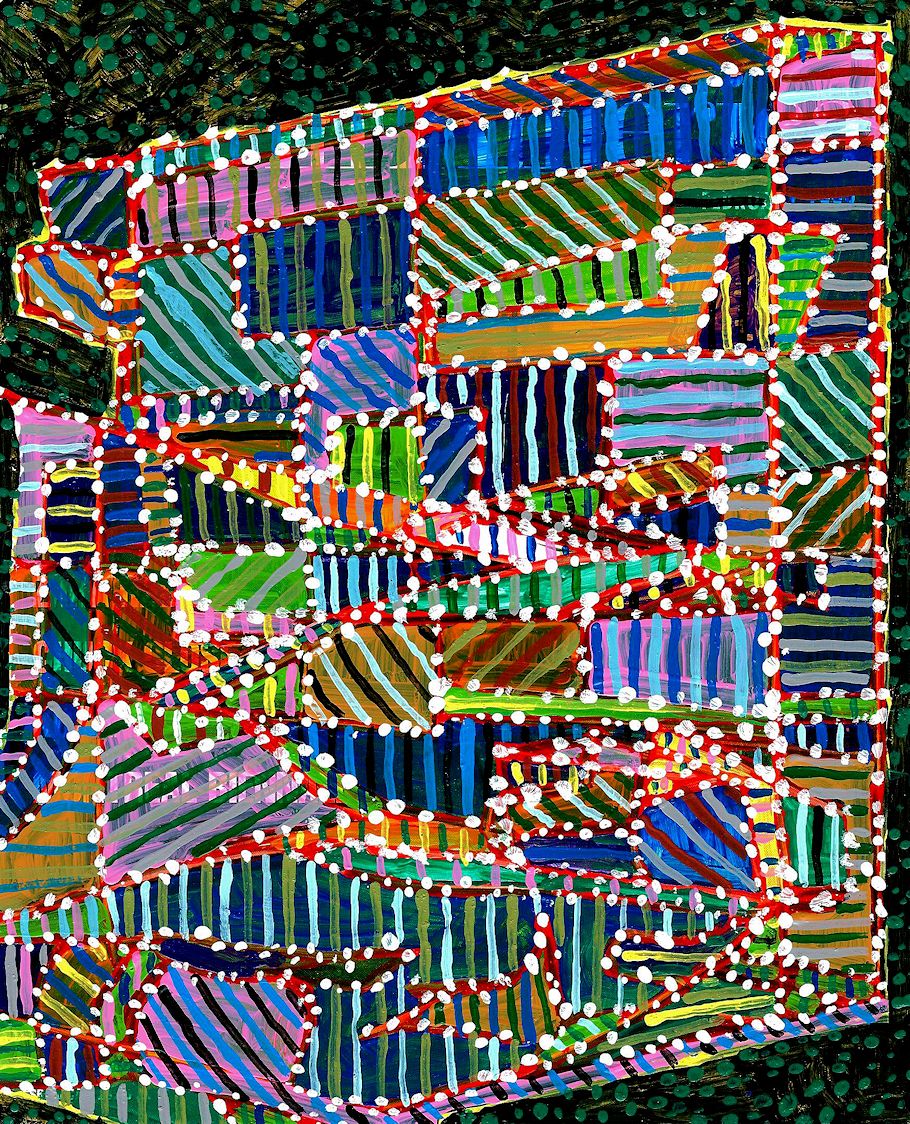
page painting 173
2024.06.04
From The Discovery of Piranesi's Final Project:
11 August 2023 Friday
27 October 1771 Pierre-Adrien PÔris arrives at Rome accompanied by Trouard's young son, Louis-Alexandre.
3 November 1771 PÔris at the Circus of Caracalla for the first time.
"Pierre-Adrien PÔris quickly became friends with Giovanni Battista Piranesi, who entrusted him with the architectural education of his son Francesco (PÔris, a pedagogue, was already in charge of the young Trouard)..." "Francesco and Louis-Alexandre were also about the same age, 14 and 13 years old."
--Pinon
20 January 1772 PÔris receives a plan of the Baths of Diocletian from Ballerini.

In his "Architectural Studies" there is a plan of the "Circus of Caracalla" with this commentary in the "Table" of vol. I: "That [the plan] of the Circus of Caracalla, which is below [the "Baths of Domitian"], was loaned to me also as I give it; but since, having had the opportunity to lift what remains of it myself, I made a more exact plan of it, and I added all the details that we can have today; they will be found at the end of this collection". ... Which plan of the "Circus of Caracalla" did PÔris copy then? We are unable to say, the known plans prior to 1772 being all very
inaccurate restored cavalier views dating back to the 16th century. The origin of this plan therefore remains to be traced.
--Pinon
Was it Piranesi himself that lent a Circus of Caracalla plan to PÔris?
1 May 1772 PÔris at the Circus of Caracalla.
1 September 1772 PÔris goes to Piranesi to exchange Vasi prints for some views of Rome.
7 October 1774 Pierre-Adrien PÔris leaves Rome accompanied by J.-S. BerthÚlemy.
From The Discovery of Piranesi's Final Project:
13 September 2023 Wednesday
I told JP I'm glad the story is ending nicely, after I told him it was Francesco's plan of the Circus of Caracalla that Pierre-Adrien copied.
As soon as he met Pierre-Adrien as his architecture teacher, Francesco swanked.
"I already know how to survey ruins and draw their plans."
"Well then, you must show me your work."
Pierre-Adrien genuinely hoped to be impressed, but nonetheless was still surprised by the extent of the impression. Francesco's delineation of the Circus of Caracalla complex on the Appian Way was particularly impressive--simple in rendition, yet sophisticated in its subtle distinctions. Pierre-Adrien asked if he might make a copy of the plans, and Francesco was happy to have so quickly impressed his new architecture teacher. Turns out teacher and student discussed the Circus of Caracalla a lot, which was fine with Francesco because he knew so much about it.
Meanwhile, Piranesi, the one who taught Francesco how to survey ruins and subsequently draw their plans, and even Francesco at the same time, had no real idea of what Pierre-Adrien was furthermore up to with regard to the Circus of Caracalla. Of course, that all changed when Bianconi recognized a Piranesi hand in Pierre-Adrien's Circus of Caracalla work.
I also told JP that Francesco's plan and knowledge gave Pierre-Adrien a substantial head-start, and that's why he got so much good work done.
"He just didn't give [Francesco] any credit for it."
"That's the way it always is."
2024.06.04
From The Discovery of Piranesi's Final Project:
4 June 2023 Sunday
Yesterday's post delivered Log 57: Black is . . . an' Black ain't . . ., the introduction of a Black pedagogy for architecture.
Inside Cynthia Davidson writes:
In the fall of 2021, I met Darell Wayne Fields, a designer, educator, and visiting Presidential Scholar at the Princeton University School of Architecture. After the Murder of George Floyd in 2020 and the Black Lives Matters protests that followed, I was interested in Field's thinking about the state of Blackness in architecture. Author of Architecture in Black: Theory, Space and Appearance (2015 [revised edition]), an analysis of theoretical relationships between architecture and Blackness..
To: architecthetics@xxxxxxxx.ac.uk
Subject: Puff Daddy Wagner
Date: Mon, 23 Oct 2000 11:32:38 -0400
Rick wrote:
I believe that Steve grew up in that torrid cold war version of a Wagnerian climate, and I wonder how much of those cultural qualities he attributes to the hangover effect of 19thC Wagnerianism--if indeed, any?
Steve replies:
This is perhaps a perfect example that people have a very high proclivity to believe what they want to believe. I was born 20 March 1956 in Philadelphia, and since 1958 I've been living in the same house in the Olney section of Philadelphia. If Rick had explained what he means exactly by a "torrid cold war version of a Wagnerian climate" I could then let you all know how my "growing up" compares or doesn't compare. As it stands, I'm only able to comment on what Rick believes about me, and believe me when I say that Rick has gone well beyond the measure of acceptable supposition as to my life and background.
Rick, wouldn't it be (a) better (form of teaching) if you spoke directly about your own experiences of life and learning rather than project what you "believe" about the lives of others?
On a lighter 'note', I don't much care for Wagner; actually never listen to any of his stuff. On Saturday, I purchased the new Everything But The Girl, the latest Sting, and a CD copy of T. Rex's The Slider (1972), which was an album owned by my older brother and one that I remember listening to a lot during my first year of architecture school in 1975-76. In September, I purchased (and have since listened to often) Deep Dish Yoshiesque (nominated compilation of the year)--it's (not opera) house music. [www.deepdish.com]
And, on a 'darker' note, before I bought the CDs on Saturday at Borders Bryn Mawr, I first selected to purchase Harvard Design Magazine Fall 2000, where the back GSD Notes features Faculty Books: Architecture In Black by Darell Wayne Fields--and excerpt from "A Black Manifesto" - Architectural History is White. Architectural Theory is White. And architectural practice, no matter what color the "owners" and "workers," is White. [and there are over a half dozen more paragraphs provided.]
If I ever really did grow up in some sort of cold war Wagnerian world, it certainly isn't Wagnerian now. Since I still live in the house I grew up in I've thus witnessed a neighborhood that has 'changed'. Most of my immediate neighbors are Haitian, and its fun to occasionally hear 'patois' spoken out back in the driveway while I'm in my kitchen eating. My next door neighbors are Nigerian, and the grandmother of the household has turned their front lawn into a large garden patch growing a type of native African lettuce. The lettuce grows very high, so, even though our lawns are by no means large (about the size of a large living room), I do not always see the grandmother in her garden while she picks the lettuce. When I look out my bedroom window from the second floor, however, I can see her, and the sight is simply remarkable--there she is, bent over, wearing boldly printed Nigerian grab with her head also in a nice wrap, and I really cherish that little glimpse of Africa. Across the street live a family of Asian Indians, and the grandmother over there each summer constructs a very 'primitive' looking rope and branch arbor upon which some vegetable grows. This past summer's arbor (btw, we live on Arbor Street) was particularly elaborate--it actually looked exactly like Laugier's 'Primitive Hut'! Anyway, I saw them taking down the arbor around noon on Saturday.
Wagner is probably too White for my taste. I don't play music in my house loudly, but when I play Sade, I do turn the music up a notch.
To: xxxxxxxx@gsd.harvard.edu
Subject: to: Darell Wayne Fields
Date: Mon, 23 Oct 2000 17:53:52 -0400
Dear Mr. Fields,
I've just become aware of Architecture In Black this past weekend when I purchased the recent Harvard Design Magazine. I'm writing to you because I am a white architect (www.quondam.com) and have of late been chided (within the design-l email list) for some of my views about White (architectural) thinking. I've gone so far as to state that "the Whiter humanity thinks, the more it manifests extinctions." I have not yet read (or purchased) your book, but I certainly intend to do so. I've only read the excerpt in HDM, and I found it interesting how "A Black Manifesto" ends there, i.e., the 'catch-22' of a Black speaking from within the 'regime'.
I've been living in the same house in Philadelphia since 1958, all but the first two years of my life. My neighborhood has 'changed' significantly over the last 10 years--now well over 50% Black (my immediate neighbors are Haitian and next door are Nigerians) with the rest of the block made up of immigrants from various continents, plus very few white 'oldies' like myself. I am now very much a lone white man living in a Black neighborhood, and whenever I read about 'new urbanism' I just have to laugh -- all the perfect neighborhoods that White America is searching for actually do exist, however, they also happen to be Black neighborhoods. I don't know if you say anything about Hall's The Hidden Dimension, but I have on occasion pointed out that no where does that book mention White America's very real restrictions on Black America's space.
If you ever what to discuss Whiteness vis-a-vis Blackness in architecture, please feel free to contact me via email or by phone (215.xxx.yyyy).
Sincerely yours,
Stephen Lauf
ps
www.quondam.com used to label itself a virtual museum of architecture, but is now in transition, making it a virtual place in architectural history. I'm planning to fill quondam with new content over the next few months.
To: anand.bhatt@xxxx.com
Subject: hello
Date: Thu, 26 Oct 2000 19:07:30 -0400
hi Anand,
Just writing to say hello. Quondam/Pieces is still only a virtual enterprise, and one that I'm sure will transform (if not disappear) again soon. I've been organizing all my emails since July 1998, and I'm finding therein much inspiration and content for yet again a 'new' quondam. I might start reading/learning java. Theories at quondam will focus on the relationship between chronosomatics and architecture, plus a little more investigation into 'constructing' virtual places in architectural history.
Do you think www.quondam.com would become an extremely popular site if it began to just give all its CAD databases away for free? If that happens, do you think quondam will ever get proper credit for the data once it's out there?
Just visited your site--my name is spelled Stephen, not Stephan.
Hope all is going well with you.
Steve
ps
Darell Wayne Fields (teaches at Harvard) just published Architecture In Black (March 2000), and therein he makes no bones about there being such a thing as 'Whiteness'. I've yet to read the book, but will soon be getting it from Temple U. library. I've emailed Fields and he's interested in my ideas regarding White thinking. I wonder if the book is available in India.
Guess what? I have a feeling The Discovery of Piranesi's Final Project is . . . an' The Discovery of Piranesi's Final Project ain't . . .
2023.06.04

zero four six
2017.06.04
art
A series of laser prints (on Artforum pages) entitled "Price List" which will be lists of my artworks and their prices. It will again be the "advertising of art", advertising as art, even.
2008.06.04
Archinect @ Postopolis!
Not so much outside, rather, more beyond inside. Very much in the territory, but not within the normal restraints of the territory.
If you're in the fourth dimension, does that mean you can have your cake and eat it too?
2007.06.04
Archinect @ Postopolis!
metamechanic, I'm wasn't trying to evoke Derrida or Deleuze with "beyond inside", rather trying to relate my own behavior (as sometime critic) within the realm of architecture. Allow me to reference my own experience to explain where at least my de-territorialized behavior comes from.
Looking back, it started with learning and working with CAD in 1983, not within academia, but within a professional office (the first to introduce CAD in Philadelphia). I had a typical architecture background, but no computer background, then a week and a half crash course in Huntsville, AL, then big INTERGRAPH system arrives, and then told to make it all happen. Now I was very much in the territory of architecture, but, because of whole newness of CAD within architecture, a window to beyond the inside had opened up. Within two years I found myself employed by the Dean's Office of the Graduate School of Fine Arts at the University of Pennsylvania. I have no Graduate degree, but they were paying me to be there. I ran a CAD consulting business for the GSFA (where the computer labs are now on the third floor of Meyerson Hall) to help offset the cost of their INTERGRAPH system. Again, very much right in the territory, but also a lot beyond it. Within three years of that I had my own CAD system and my own CAD consulting business--great while it lasted. Then the recession of 1990. Then an insular creative period where I used the CAD system in my basement to explore "un-built" architecture by constructing 3D CAD models of architectural designs that were never executed, and accumulated a sizable collection of models. That's when I really went beyond inside, exploring all this architecture that didn't even exist. And then in 1996 the Internet and the virtual...
2007.06.04
Re: David Rimanelli
Rimanelli's ENTRIES seem a waste of printed space, not because of what is written, but because it's all already dated by the time it's published. Editorially speaking, this stuff belongs on www.artforum.com where it would be more 'timely'.
2003.06.04
Re: David Rimanelli
David,
What you write and how you write are enjoyable, but there isn't all that much unique about it in these days of split-second electronic communication. For example, all i got is this lousy's ongoing reports (here at talkback) of her many visits to Cremaster/Guggenheim are just as valuable/valid as ENTRIES.
Following the Pincus-Witten historical precedent is (I suppose) admirable, but is it anything beyond that? Try thinking Pincus-Witten with a website cum following.
Steve Lauf
ps 2024.06.04
I now think that 'all i got is this lousy' was Jerry Saltz.
2003.06.04
|


